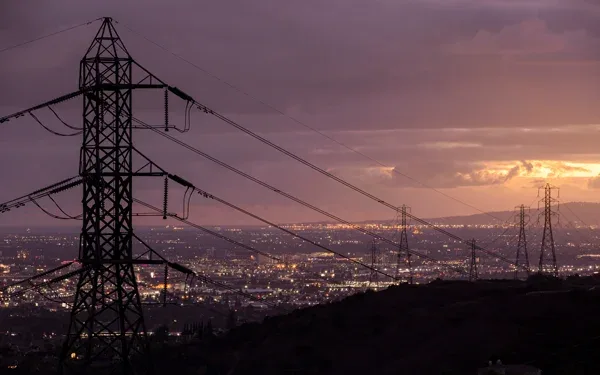Our evolving grid

It has been talked about so long that it’s sometimes easy to forget California’s transition to a carbon-free electric grid is still in its early stages. After all, Senate Bill 100, which requires a decarbonized power system by 2045, has been on the books just 3 ½ years. That’s why it’s useful to sometimes step back and break down what the transition involves, as I was asked to do at a recent News Data conference entitled Western Electric System Transformation: Connecting the West.
My presentation on Changing Flow, Load and Resources sought to quantify how each piece of the puzzle has been evolving. I’ll vary and expand a little from the order in my title and start with changing load.
Changing load
Load is another word for demand. Before 2017, the lowest load on the grid occurred around 4 a.m., when most of California is sleeping. The last few years, largely due to growth of rooftop solar, the lowest load started to occur at noon, when the sun is typically producing ample energy.
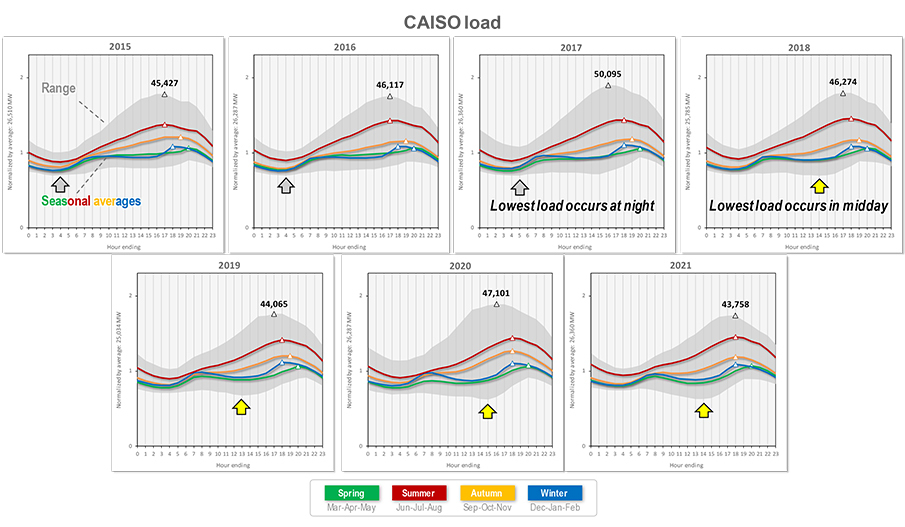
Looking back over the past seven years, it’s possible to see how changes in consumer behavior and resource mix have affected demand. Our so-called “duck curve” tells us that net load in the spring is relatively low and solar production high. Earlier, the peak hours for net load, which is the load with solar and wind generation deducted, were around 5 p.m., before sunset. Today, with so much solar in the mix, the net peak load is pushed out to 7 p.m. and 8 p.m., after sunset. As a result, those are now the most operationally challenging hours to balance the system during hot summer weather because demand remains high when solar is no longer available.

The good news for California is that we are in the process of integrating large amounts of 4-hour lithium-battery capacity onto the grid. As a result, we have been able to dispatch stored solar energy during those net-peak hours, when it’s needed most.
Changing flow patterns
Flow refers to the electricity we export when we have excess power and the electricity we import from other balancing authority areas in the West. As the energy system keeps changing, we’ve seen deviations from past patterns here, too.
From 2015 to 2021, the transfer of power between the Pacific Northwest and California increased. But now, due to more solar generation in California, the Pacific Northwest exports less power to our state in the middle of the day, and there are times when California sends some of its excess power back to the Pacific Northwest. The power exchange between the regions has been further enhanced by the Western Energy Imbalance Market, which was launched in 2014, facilitating easier sharing of power throughout the region.
Since 2018, thanks to so much solar generation, California has been exporting power to the Pacific Northwest more frequently in the spring, and in 2021 even at times in the summer. But we also benefit when we’re short on power and hydroelectric and other sources from the Northwest help keep the grid balanced.
Changing resources and the challenges to ensure adequate supply and system reliability
In my presentation, I also told a brief “Tale of two heat waves” from June 2021 to underscore the increasingly symbiotic relationship between energy in California and the Pacific Northwest. Each region helps out the other in times of need, thanks to the interconnected grid and the ISO’s regional markets.
During the mid-June heat wave in 2021, as extreme temperatures drove up demand in California, imports from the Pacific Northwest at the 5,000 to 7,000 MW level represented most of the imports onto the grid and helped the ISO balance supply and demand.
Another heat wave at the end of the month drove up demand in the Pacific Northwest while demand was also high in California. Yet our imports from the Pacific Northwest decreased significantly. On one of the hot days, California even sent power to the Pacific Northwest. The increased regional coordination helps us all get through challenging times in the West.
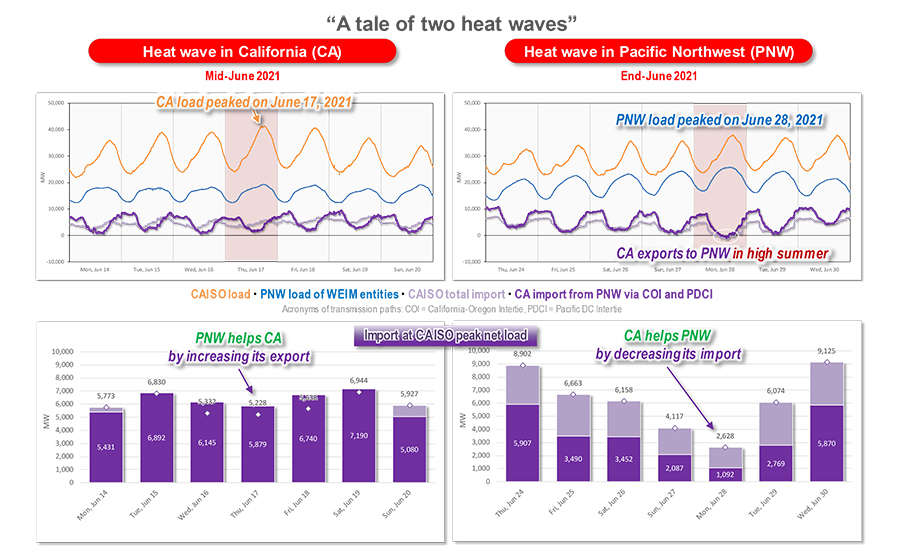
Observing the current system and looking into the future, I used the two heat waves to illustrate some of the opportunities and challenges we face, including the ability to benefit from the load and supply diversity to meet the timing of the different regional needs. The challenge is ensuring that there is sufficient collective capacity if and when different systems experience extreme peak conditions at the same time.
Solutions through planning and building new resources
The last point I made was that, even prior to the heat wave and brief outages of August 2020, plans to add capacity were underway. But after that summer’s shortfall and continuing tight capacity conditions experienced last year, the California Public Utilities Commission (CPUC) has taken more aggressive measures to adapt and increase resource requirements. The CPUC, for instance, has required a larger planning reserve margin and authorized the procurement of unprecedented amounts of new, clean resources. The CPUC’s actions also take into consideration the planned retirement of thermal power plants, including the Diablo Canyon Nuclear Power Plant and Once-Through-Cooling (OTC) generating stations.
Recent CPUC procurement orders include 3,300 additional MW in November 2019, 11,500 MW in June 2021, and an additional 2,000 to 3,000 MW in December. Finally, in its Preferred System Plan approved this February, the CPUC authorized 25,500 MW of new supply side renewables and 15,000 MW of new storage and demand response resources by 2032, enough clean energy to power approximately 11.5 million homes.
Also on the longer-term planning front, the ISO recently issued its first 20-Year Transmission Outlook. The goal was to identify transmission infrastructure projects needed over the next two decades to incorporate the additional energy into the grid in ways that enhance reliability, cost-effectiveness and environmental sustainability.
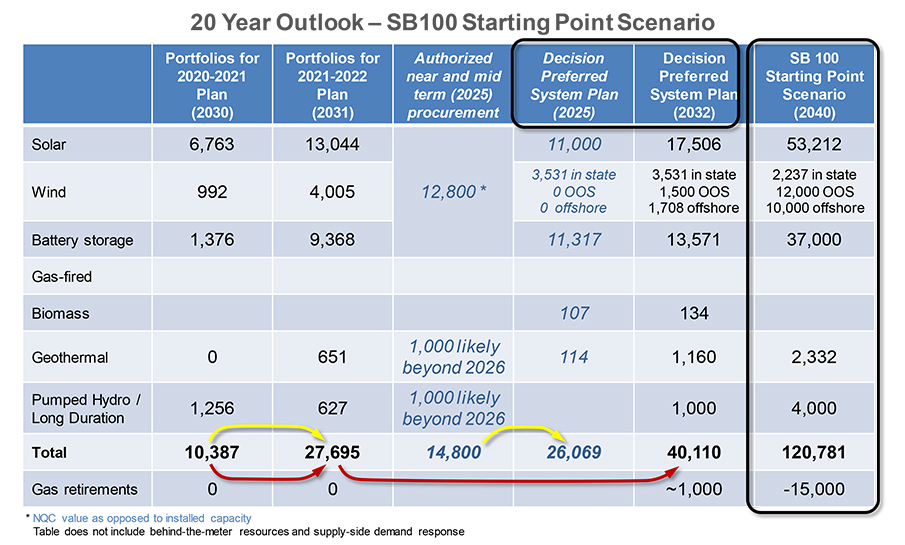
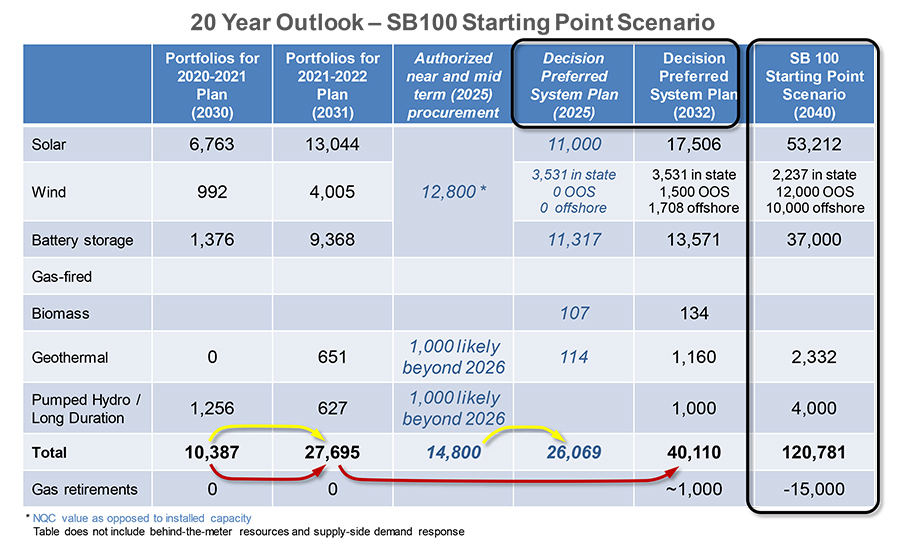
I doubt there is any place in the world undertaking a re-imagination of its bulk electric system on the scale of California. Our current system’s peak capacity is about 50,000 MW. The planning assumptions of the state call for adding 120,000 MW of new, clean capacity by 2040. That represents a more than doubling of capacity over the next two decades, with many challenges to be dealt with due to some of the changing patterns highlighted in my presentation.
“The Western power grid is an essential, huge and increasingly interconnected system,” the conference organizers noted. “Therefore, deliberately coordinating various elements of the transformation is vital to ensure the power system will achieve necessary reductions in GHG emissions while continuing to provide safe, reliable and cost-effective electricity.”
Quite true. I hope my presentation is helpful in understanding some of those interconnections, as well as the challenges and opportunities they present.
